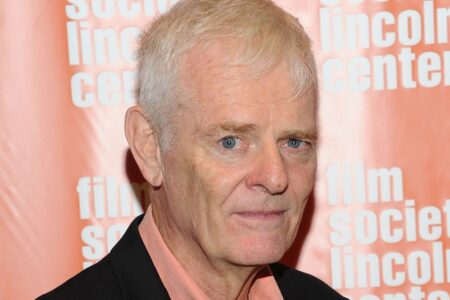Paul Morrissey, a fixture of New York’s cinema scene whose collaborations with Andy Warhol in the ’60s and ’70s reinvented the American underground and made local legends of amateur actors and transgender performers, died Monday at a hospital in Manhattan. He was 86.
Morrissey’s death was confirmed by archivist Michael Chaiken to the New York Times, which reported that the cause was pneumonia.
Warhol and Morrissey were first introduced in 1965, when the former had begun to tinker with experimental films in his infamous loft hub, dubbed The Factory. Working on budgets of under $10,000, the pair completed a series of features, reaching the most commercial success with a trilogy starring Warhol fixture and gay sex symbol Joe Dallesandro that consisted of “Flesh,” “Trash” and “Heat.” Warhol served as producer, while Morrissey’s cinéma vérité direction and largely ad-libbed scripts provided his leads, such as Dallesandro, Jackie Curtis, Holly Woodlawn and Viva, a melodramatic apparatus to flex big personalities and affirm their star power.
Morrissey’s work with Warhol continued with more genre-slanted titles: “Flesh for Frankenstein,” released in 3D in 1973; and “Blood for Dracula,” the year after. Both have gained status as cult titles, but were commercial failures and drew less attention from critics at the time.
The pair split in 1974. Morrissey would continue to direct, even drawing stars like Dudley Moore and Kevin Bacon. His final film, “News From Nowhere,” was released in 2010. As the years passed, Morrissey became more outspoken about his disparaging opinion about Warhol, and his belief in the minuscule artistic contributions he made to their projects.
“He was incompetent, anorexic, illiterate, autistic, Asperger’s — he never did a thing in his entire life,” Morrissey said of Warhol. “He sort of walked through it as a zombie and that paid off in the long run.”
Born on Feb. 23, 1938, in Manhattan, Morrissey was raised in Yonkers, where he attended Roman Catholic schools before earning a bachelor’s degree in English at Fordham University. He began making 16mm shorts shortly after, oftentimes drawing from his religious background. After serving in the Army, Morrissey began running an underground cinema in the East Village, with programming including his own shorts and the early work of Brian De Palma.
Morrissey is survived by his brother, Kenneth, and his eight nieces and nephews.
